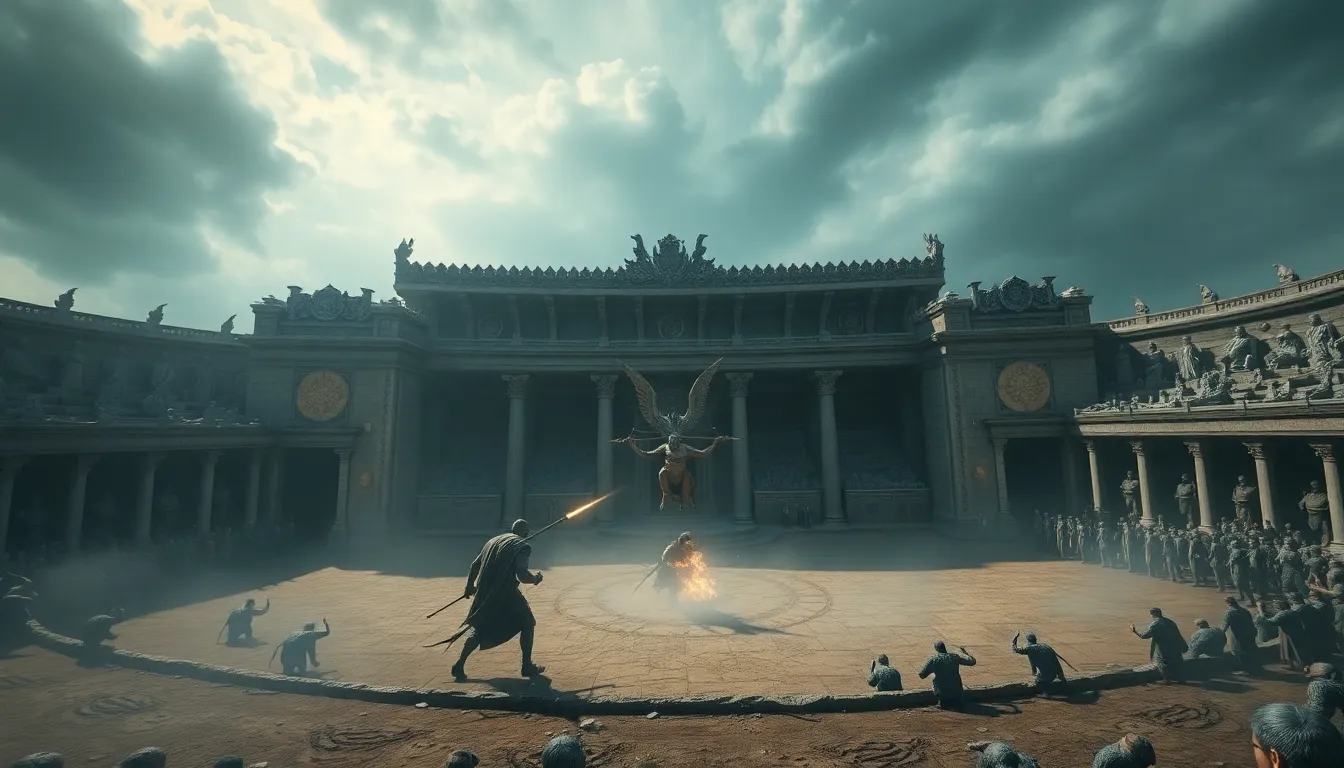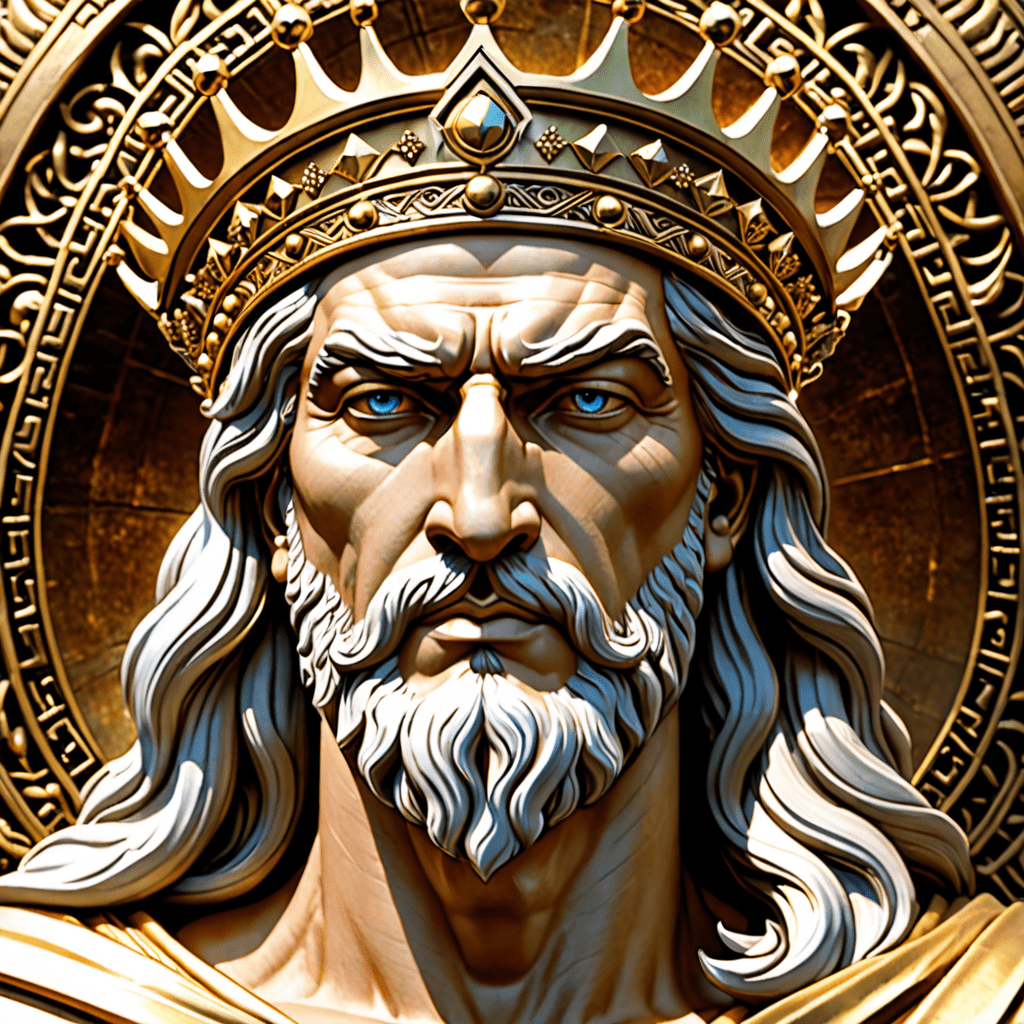The Flood and the Apocalypse: Myths of End Times and Renewal
Introduction: The Interconnection of Flood Myths and Apocalyptic Narratives
Flood myths are a significant part of many cultures, serving as a powerful narrative that reflects humanity’s relationship with nature, divine forces, and the cosmos. These stories often depict a world-ending deluge that wipes out humanity, followed by a promise of renewal and a fresh start. Apocalyptic narratives, similarly, explore themes of destruction and rebirth, emphasizing the cyclical nature of existence. This article delves into the rich tapestry of flood myths and apocalyptic visions, examining their historical roots, psychological impacts, and contemporary relevance.
Historical Context of Flood Myths Across Cultures
Throughout history, numerous cultures have shared flood narratives, each with unique elements yet revealing striking similarities. Major examples include:
- The Epic of Gilgamesh (Mesopotamia): Features Utnapishtim, who is warned by the god Ea to build an ark and save his family from a great flood.
- The Biblical Flood (Judaism and Christianity): The story of Noah and his ark, where God decides to cleanse the world of its wickedness.
- The Manuscript of Matsya (Hinduism): Depicts Vishnu taking the form of a fish to save humanity from a catastrophic flood.
Common themes across these narratives include divine judgment, the preservation of life, and the promise of renewal. Symbols such as arks, rain, and rainbows often serve as reminders of hope amidst despair.
The Flood in the Biblical Tradition
In the Biblical tradition, the flood narrative found in Genesis is a profound theological statement about sin, judgment, and redemption. God observes the wickedness of humanity and decides to cleanse the earth through a flood. Noah, a righteous man, is chosen to build an ark and save his family along with pairs of every animal.
This narrative is rich with implications:
- Divine Judgment: The flood serves as a consequence of human sinfulness, illustrating the seriousness of moral decay.
- Hope and Covenant: After the flood, God establishes a covenant with Noah, symbolized by the rainbow, promising never to destroy the earth with water again.
Noah’s story ultimately represents hope and the possibility of new beginnings, reinforcing the notion that even in the face of catastrophic events, renewal is possible.
Apocalyptic Visions in Religious Texts
Apocalyptic literature, such as the Book of Revelation in Christianity and various Islamic texts, presents vivid imagery of the end times. These works often depict catastrophic events leading to a final judgment, followed by the establishment of a new order.
Key themes include:
- Destruction: Natural disasters, wars, and plagues symbolize the chaos and moral decay before the end.
- Renewal: Following destruction, a new heaven and earth are envisioned, where righteousness prevails.
This duality of destruction and renewal mirrors the flood myths, emphasizing the cyclical nature of existence and the potential for regeneration after devastation.
The Psychological and Sociological Impact of End Times Narratives
Flood and apocalypse myths resonate deeply with human psychology, addressing fundamental fears and anxieties about existence, mortality, and the future. These narratives often serve to:
- Confront Fears: They allow societies to grapple with the fear of uncontrollable natural forces and existential threats.
- Unify Communities: Shared beliefs in these myths foster a sense of identity and purpose, often guiding moral behavior and societal norms.
In this way, flood and apocalypse myths play a crucial role in shaping cultural values and community resilience.
Natural Disasters as Modern-Day Floods: Lessons from History
Contemporary natural disasters can be seen as modern interpretations of ancient flood myths. Events like Hurricane Katrina, the 2004 Indian Ocean tsunami, and recent floods due to climate change echo the themes of destruction and renewal found in ancient narratives.
Factors to consider include:
- Climate Change: Increasingly severe weather patterns are reshaping our understanding of natural disasters.
- Human Response: How societies respond to these disasters can often mirror the lessons learned from historical myths.
These modern-day floods serve as reminders of the enduring relevance of ancient narratives in understanding our place in the world and the need for resilience.
Myths of Renewal: Rebirth After Catastrophe
Many cultures emphasize the theme of rebirth following catastrophic events. For instance:
- Japanese Shinto: After disasters, rituals are performed to honor the spirits and facilitate renewal.
- Native American Traditions: Many tribes have stories that involve cycles of destruction and rebirth, emphasizing the interconnectedness of life.
Case studies of societies that have rebuilt and transformed after disasters highlight humanity’s capacity for resilience and innovation in the face of adversity.
The Role of Rituals and Ceremonies in Flood and Apocalypse Myths
Rituals associated with flood myths often serve as a means of processing loss and celebrating renewal:
- Offerings: Many cultures perform offerings to appease the divine and seek protection from future calamities.
- Festivals: Celebrations often commemorate the survival and the promise of new beginnings.
These rituals play a crucial role in reinforcing community bonds and facilitating healing after disasters.
Contemporary Interpretations and Adaptations of Flood and Apocalypse Myths
Modern literature, film, and art frequently reinterpret ancient myths, reflecting contemporary anxieties and aspirations. For example:
- Films: Movies like “Waterworld” and “The Day After Tomorrow” explore themes of environmental disaster and survival.
- Literature: Novels often use apocalyptic scenarios to critique societal issues and envision alternative futures.
These narratives influence contemporary environmental movements, encouraging a reevaluation of humanity’s relationship with nature.
Conclusion: The End and the Beginning – A Cycle of Destruction and Renewal
The enduring relevance of flood and apocalypse myths underscores the cyclical nature of destruction and renewal in human experience. As we navigate the complexities of modern life, these ancient narratives remind us of our capacity for resilience, hope, and rebirth in the face of calamity. Ultimately, they serve as a testament to the human spirit’s ability to endure and thrive amid chaos.



